The potential for technological advances such as AI to disrupt the equilibrium between creativity and commerce in illustration are undeniable, and of course this disruption looms large for many students with only a tenuous understanding of the commercial component of illustration. If you are a student, or even a long-serving professional, you will sometimes feel like giving up. It is important to keep pressing forward toward your creative goals.
Unlike in business, there is no right or wrong in art. You have to look at the two things and know what is a business decision and what is a creative decision. And teachers need to be open minded, and to know that sometimes people have unforeseeable breakthroughs, and we can’t assume that someone who seems to really be struggling isn’t going to wake up one day and figure it all out. The most fundamental decision an artist can make is the decision to not give up. Vincent Van Gogh has left this lesson for us.
Vincent van Gogh spent only the last nine of his thirty-seven years on earth as an artist- nine years marked by struggle with severe mental instability. He struggled as he burned bridges and burned through friendships and mentorships. Depression and unending financial turmoil were his constant companions.
From 1881 through 1886 Van Gogh made hundreds of paintings- No one took note of any of them, none of them sold or brought any positive attention to him. In my personal opinion, if he had died in 1886, no future scholar or critic would have ever taken note of the body of work he had produced to that point. But his great paintings were still ahead.
To say that Van Gogh’s great achievement in his last three years (1887-1890) – during which time he created the 300 paintings which are today considered some of the most valuable objects ever created by a human being, was simply the result of not giving up would be a vast oversimplification. However, his perseverance to go beyond his early work is well documented in his letters to his brother Theo.
As an example for artists, I think it makes sense- he kept going and after years of struggle forced himself to a breakthrough. You dont have to take my word for it, because like many artists, when there was nothing else on hand he used the back of an old painting as a surface. His breakthrough is plainly illustrated by a two-sided painting (now in the Metropolitan museum) where Van Gogh used both sides of a panel, two two very different paintings done two years apart.
What happened between the time that Vincent painted these two paintings? “The Potato Peeler” (1885) and the self-portrait on the other side (1887) are very different.
It seems to me that it’s simply a breakthrough, something that happened as a result of not giving up.
When I am confronted with a student who is struggling and frustrated, or when I am frustrated by my own limitations and results, I try to remember this two-sided painting. Maybe it will be something you can remember too…Vincent’s message to all those who came after his, as valuable as the most precious works in any museum- “Don’t Give Up”.


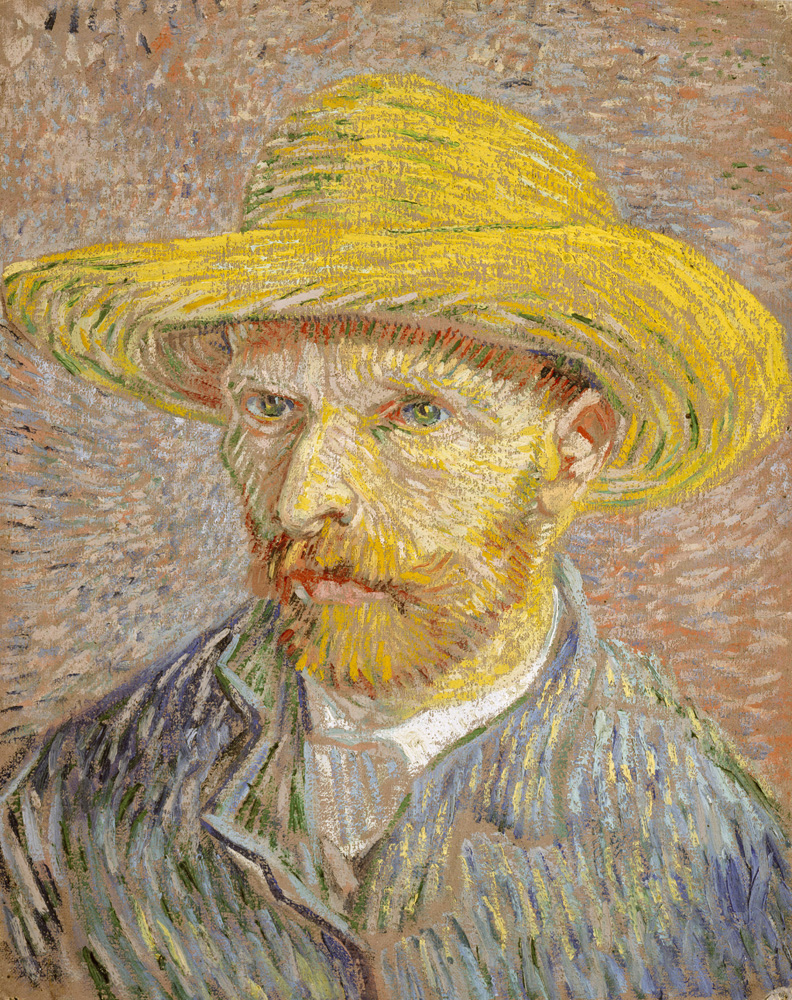
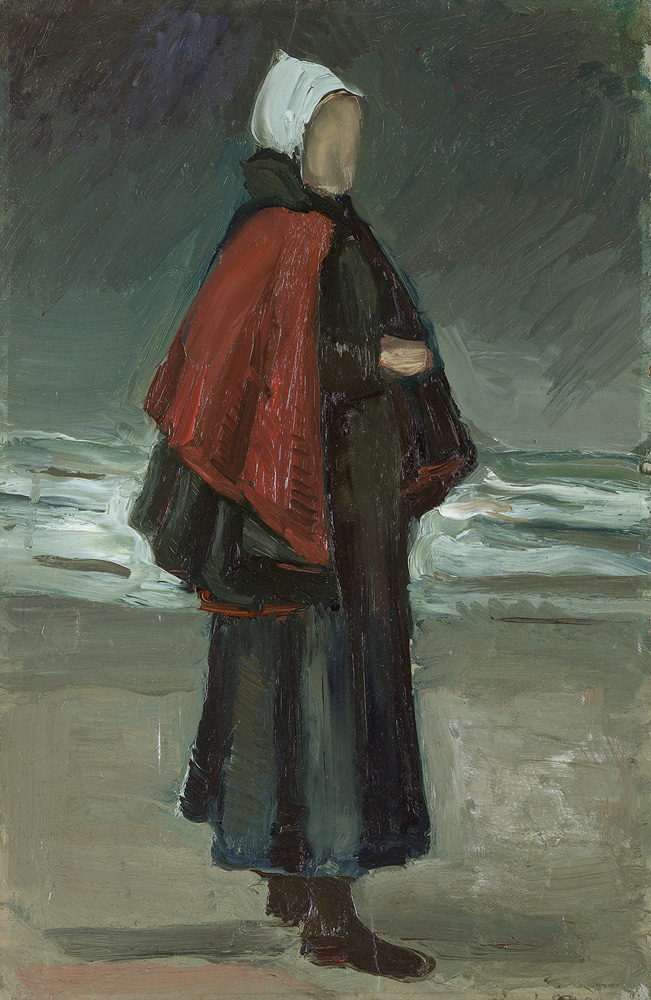
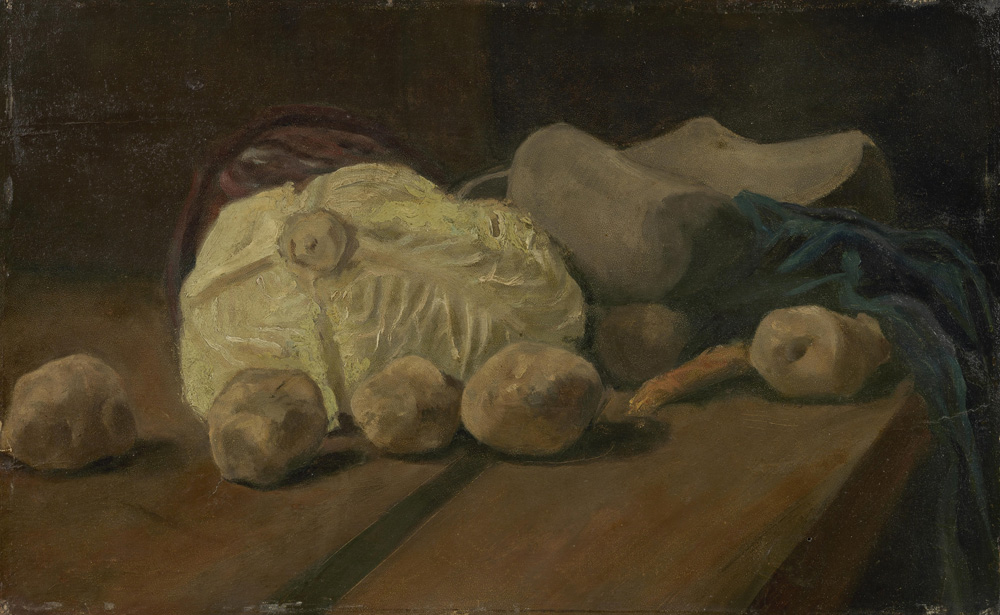
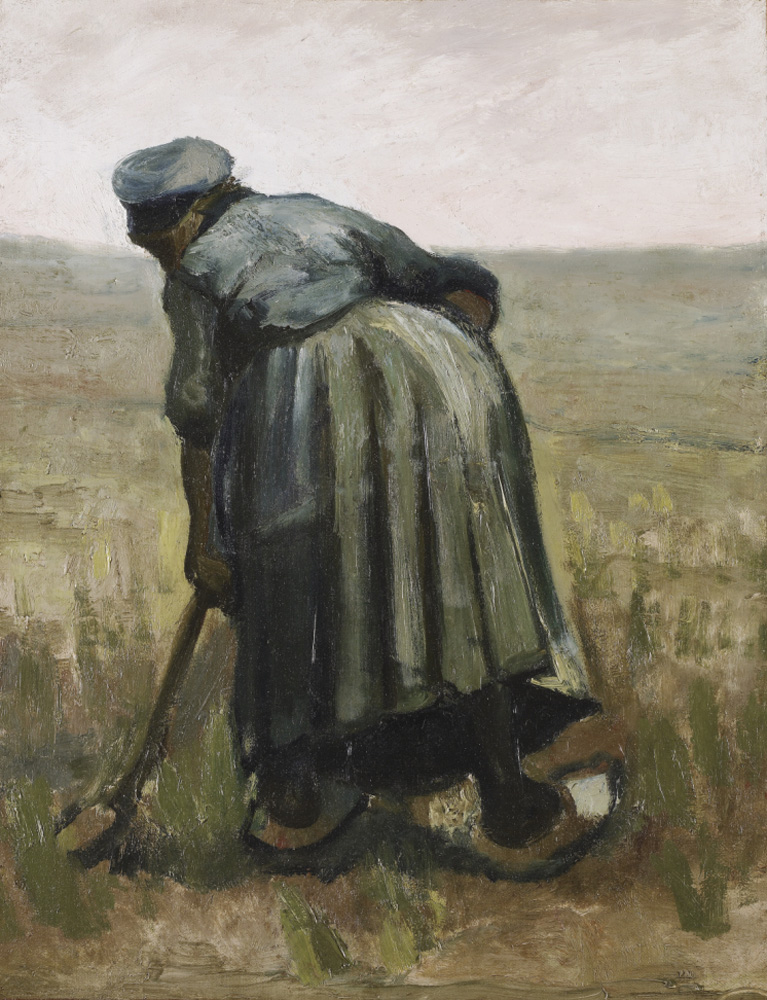
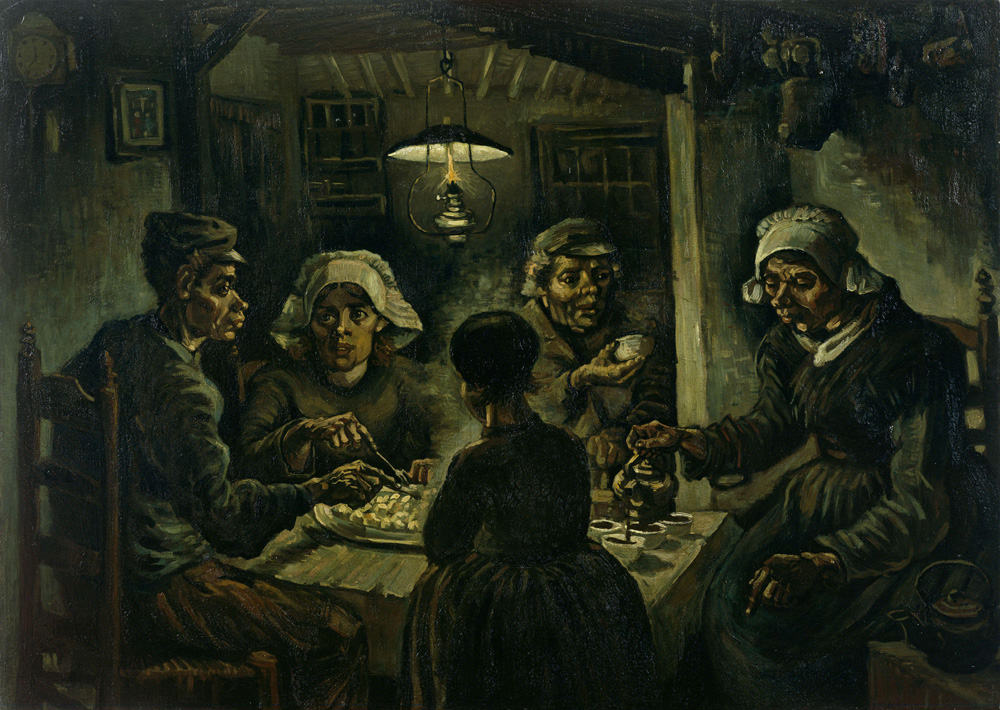
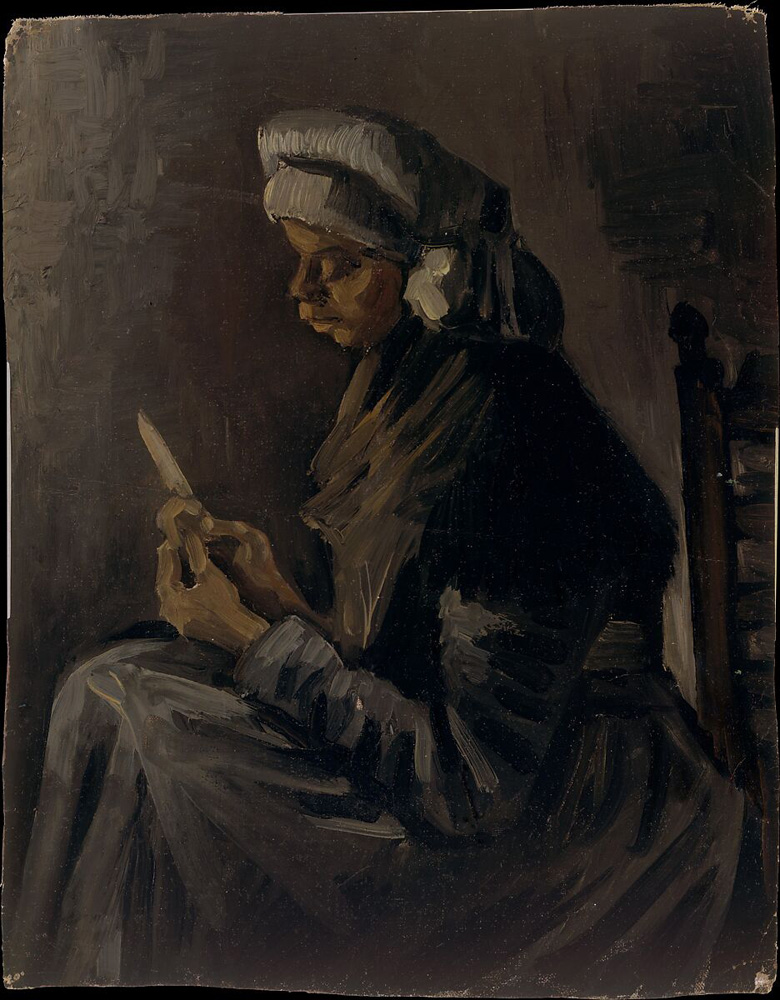
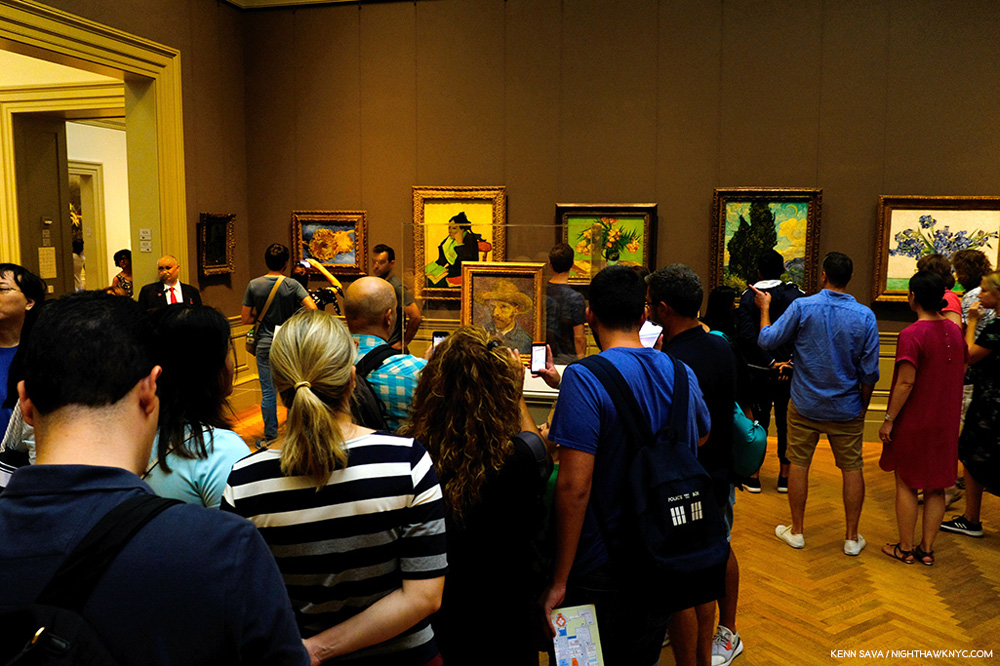

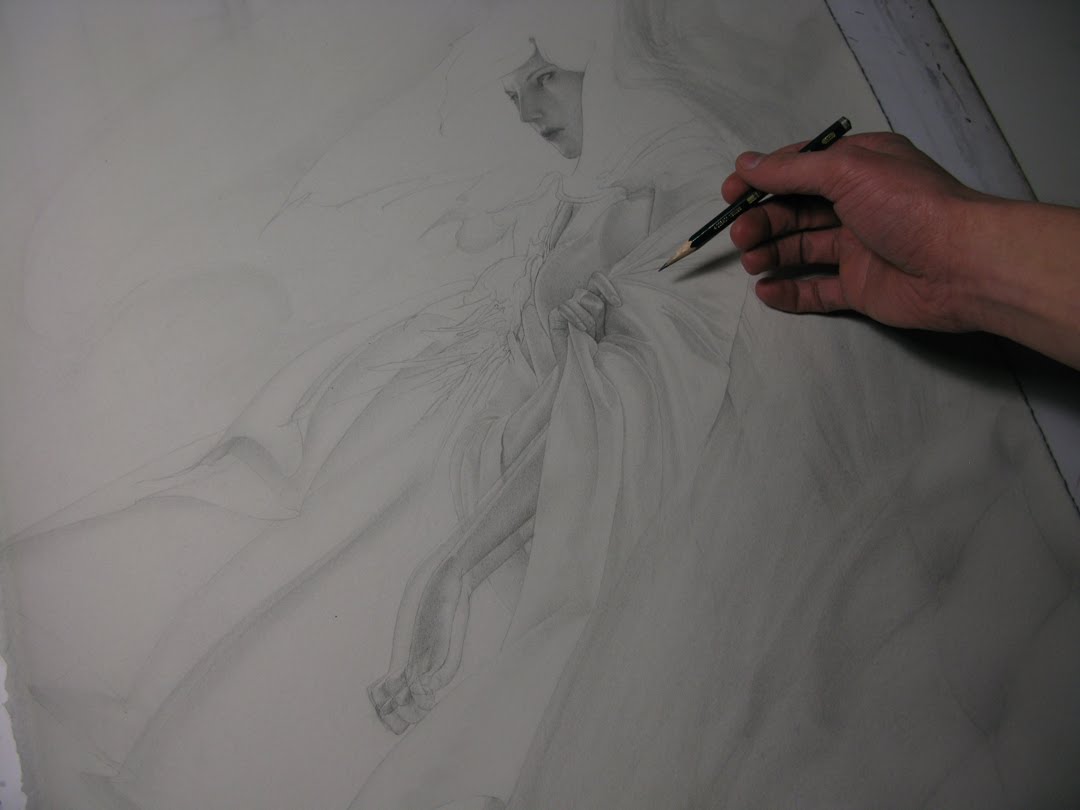
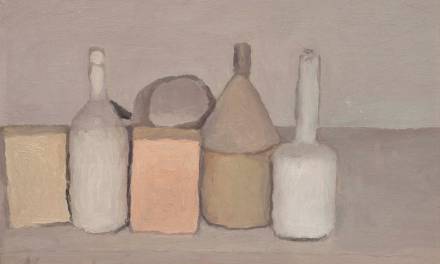
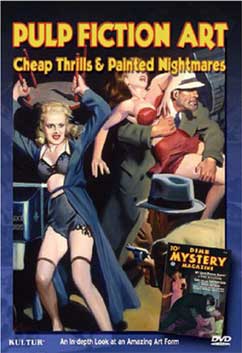
Thank you for this, Robert. It’s a really important reminder, especially when you read about amazing artists who are kicking butt when they are 20. There is a scene I really like from Dr. Who, where they bring Vincent Van Gogh into the present day and show him how much people love his paintings. On the surface the scene might seem kind of sappy, but to me it is a man who felt like a complete failure realizing his life wasn’t a waste. I’m 31 and still live with my parents so I can pay for online art classes and spend time making art, and some days it’s really rough because I feel like I’m never gonna make it, that I’m just a failure. But I know it’ll be worth it if I just keep going and acquire the skills I need to make the kind of art I know I am capable of making, and teach others what I’ve learned. So much of the battle is just not quitting.
While I love the core message in this article, the threat of AI has become more than just a threat.
Kind of an empty platitude when I want to be a working artist but I also need to eat. :/